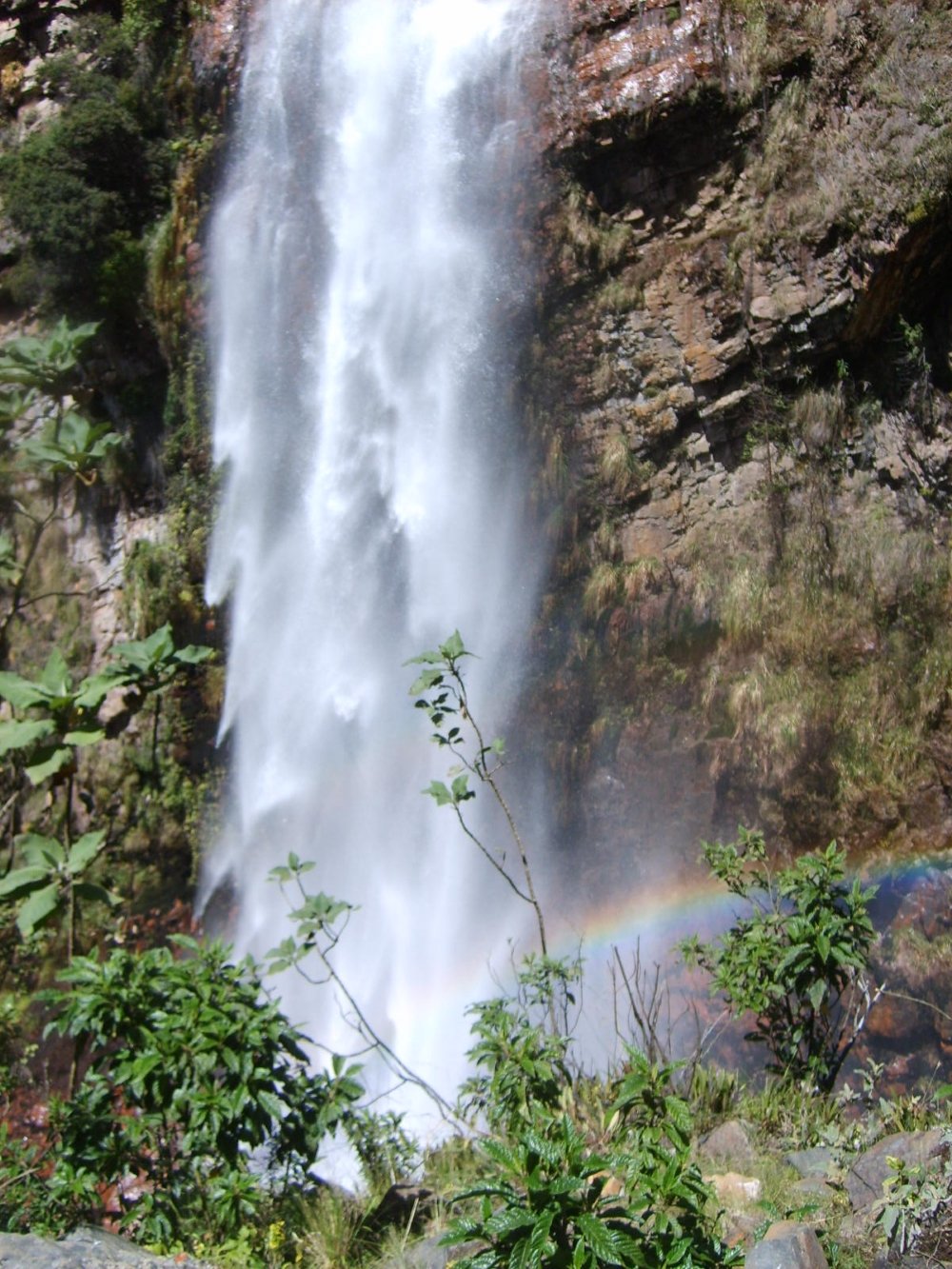María Jiray Waterfall | Áncash
The María Jiray Waterfall | Áncash, located in the region of Ancash, Peru, is an impressive natural spectacle. With its waters falling from a considerable height, it creates a spectacular view that captivates visitors with its scenic beauty. Surrounded by lush vegetation and mountainous landscapes, this waterfall offers an unforgettable experience for those who venture to discover it. The sound of the water crashing against the rocks and the freshness of the spray in the air add a sense of tranquility and connection with nature. Visiting the Maria Jiray Waterfall is to immerse yourself in a natural paradise, where the beauty and majesty of the waterfalls will take your breath away.
Location
The Maria Jiray Waterfall is located in the region of Ancash, in northern Peru. More specifically, it is near the town of Pariacoto, in the province of Huaraz. The exact location may vary slightly depending on available trails and local indications, but it is generally accessed from Pariacoto. From there, you can follow a trail that leads to the waterfall through mountainous landscapes and lush forests.
Flora and Fauna
The region surrounding the Maria Jiray Waterfall in Ancash, Peru is home to a diversity of flora and fauna typical of the Peruvian Andes. Here is a brief description of the flora and fauna you might find in this area:
Flora:
- Pisonayes: These trees are common in the mountain forests of the Peruvian Andes. Their red or pink flowers are very showy during the flowering season.
- Queñua: This small to medium sized tree is endemic to the Andes and can be found at high altitudes. It is a cold hardy species and is often considered an indicator of healthy high mountain ecosystems.
- Tolas: Tolas are perennial shrubs that grow in the puna and páramo areas of the Andes. They are important for soil conservation and provide food and shelter for local wildlife.
- Orchids: The Peruvian Andes are known for their rich diversity of orchids. During the right season, it is possible to spot some of these beautiful flowers in the forests and hillsides near the waterfall.
Fauna:
- Birds: The region around the waterfall is home to a variety of Andean birds, such as the Andean condor, hummingbird, peregrine falcon and hummingbird. These birds are often spotted in the nearby forests and valleys.
- Mammals: Among the mammals that inhabit this region are the Andean fox, vicuña, vizcacha and puma, although the latter are more difficult to spot due to their elusive nature.
- Amphibians and reptiles: The diversity of habitats in the Peruvian Andes is also home to a variety of amphibians and reptiles, such as toads, frogs and lizards, which can be found in humid areas and near bodies of water.
- Insects: The region is also rich in insect diversity, including butterflies, beetles and grasshoppers, which play important roles in local ecosystems as pollinators and decomposers.
How to get there?
- Transportation to Pariacoto: From Huaraz, you can take a bus or combi (a form of shared public transportation) to the town of Pariacoto. This trip usually takes about 1 to 1.5 hours, depending on traffic conditions and type of transportation.
- Start of the hike: Once in Pariacoto, you can begin the hike to the Maria Jiray Waterfall. You may need to ask locals or follow signs to find the trailhead. Some travelers choose to hire a local guide in Pariacoto to make sure they find the right path and get information about the route.
- Hike to the waterfall: The hike from Pariacoto to the Maria Jiray Waterfall can take about 2 to 3 hours, depending on the pace and trail conditions. It is important to bring enough water, sunscreen, insect repellent and some food to enjoy during the hike.
- Enjoy the waterfall: Once you arrive at the Maria Jiray Waterfall, take your time to admire the natural beauty of the waterfall and enjoy the surroundings. You can take pictures, cool off in the nearby waters and relax while listening to the sound of the water.
- Return to Pariacoto: After enjoying the waterfall, return along the same trail to Pariacoto, where you can take transportation back to Huaraz.
It is important to remember that the conditions of the trail may vary depending on the time of year and weather conditions, so it is advisable to find out about the condition of the trail before starting the hike and take appropriate precautions.
Recommendations
- Physical preparation: The hike to the waterfall can be demanding, especially due to the altitude and mountainous terrain. Make sure you are physically fit and acclimatized to the altitude before starting the hike.
- Proper equipment: Wear comfortable and suitable walking shoes, preferably trekking boots or hiking shoes. Wear light, breathable clothing, but also include extra layers in case of sudden changes in the weather. Don’t forget to bring sun protection, hat and insect repellent.
- Hydration and nutrition: Bring enough water to keep you hydrated throughout the hike, as well as some light, energetic snacks to replenish energy during the hike. It is important to stay well fed and hydrated, especially in high altitude conditions.
- Respect for the environment: Respect nature and the surrounding environment. Do not leave trash and avoid disturbing the local flora and fauna. Take only photographs and leave only footprints.
- Safety on the hike: Pay attention to the terrain and follow the trail signs. Always let someone know your itinerary and carry a fully charged cell phone in case of emergency. If possible, consider hiring a local guide to accompany you and provide information about the route and the area.
- Timing: Plan your visit with enough time to enjoy the waterfall and relax in the natural surroundings. Avoid rushing and take time to enjoy the beauty and tranquility of the place.












